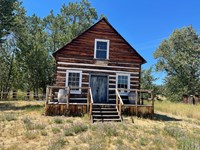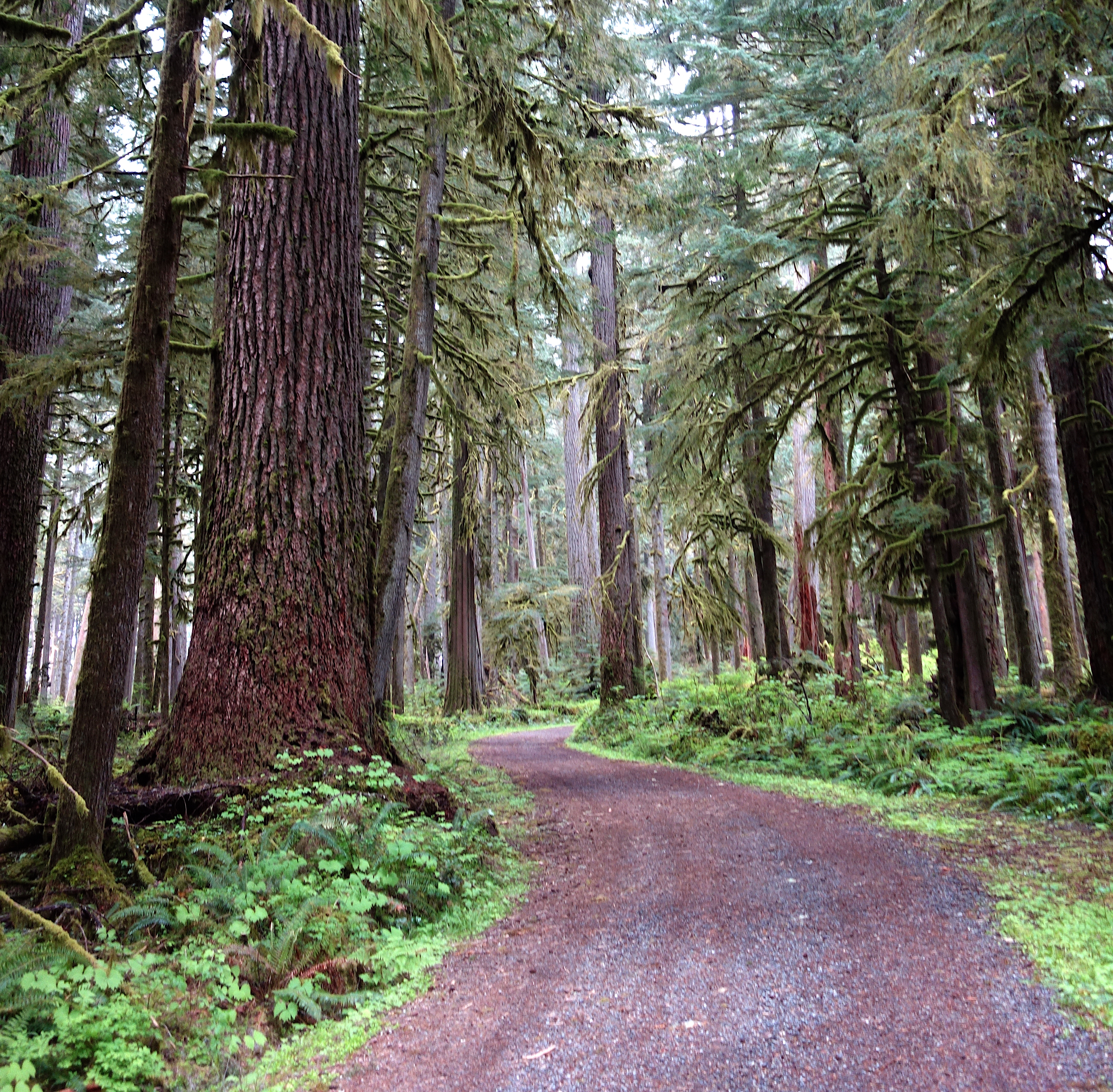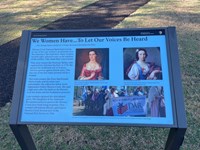- Lewis & Clark National Historic Trail (557)
- Boston National Historical Park (295)
- Golden Gate National Recreation Area (241)
- Boston African American National Historic Site (217)
- Homestead National Historical Park (205)
- Manhattan Project National Historical Park (169)
- National Mall and Memorial Parks (168)
- Yellowstone National Park (167)
- Fort Vancouver National Historic Site (163)
- Show More ...
- National Register of Historic Places Program (209)
- National Center for Preservation Technology and Training (175)
- Harpers Ferry Center (155)
- Geologic Resources Division (131)
- National Historic Landmarks Program (119)
- National Heritage Areas Program (118)
- Archeology Program (76)
- Technical Preservation Services (76)
- National Trails Office - Regions 6, 7, 8 (63)
- Show More ...
Showing 13,308 results for logging history ...
Empowering Local Youth, Restoring Sacred Lands: Puʻukoholā Heiau's Pili Grass Revival
Carbon River
Alaska Transfer Exhibit
Supplying the Colony Exhibit
East Gallery Stairwell
Building a Colony Exhibit
D.H. Day Log Cabin
- Type: Place
William H. Jenkins
- Type: Person
An affluent landowner, William Jenkins provided shelter to freedom seekers heading north on the Underground Railroad on his estate north of Boston in Andover, Massachusetts.
Custom House
Wudzixeedi Gooch “Multiplying Wolf” house screen
Jim Beckwourth Cabin Museum
- Type: Place

Jim Beckwourth, the African-American mountain man, scion of British nobility, great medicine and warrior chief in the Crow Indian Nation, US Army scout and courier, and discoverer of Beckwourth Pass and trail, settled here on his road for 7 years. He created several things we still have: Beckwourth Pass and Trail, located by Trails West markers, this cabin, and a national best seller biography, The Life and Adventures of James P. Beckwourth, 1856.
Wisely Chosen Ground Wayside
Women's Monument Exhibit
Ulysses S. Grant's Last Visit to St. Louis
Box Canyon
- Type: Article

In May 1945, General Dwight D. Eisenhower accepted the surrender of Germany, ending World War II in Europe. Eisenhower chose to remember Victory in Europe by actively commemorating the sacrifices and cooperation that made it possible. For Eisenhower and the Allies, the road to victory was not easy. Eisenhower believed that Victory in Europe Day--VE Day--could and should serve as a reminder of the cost of war for future generations. Explore this story further in this article.
Series: Ten Years at Vancouver Barracks
Paradise Inn
Expanding the Ojibwe Art Collection at Grand Portage National Monument
- Type: Article
Read on to learn about how Mather high school students have been working on reconstructing late 1700s style log cabins at Morristown National Historical Park and Governors Island National Monument!
















